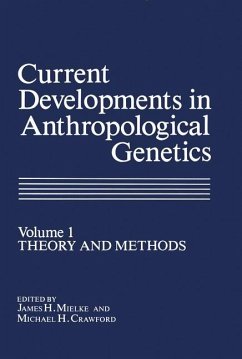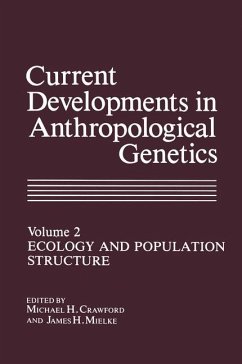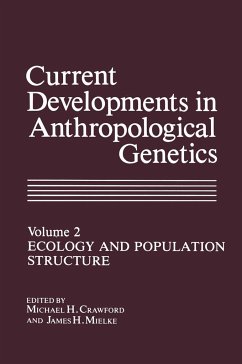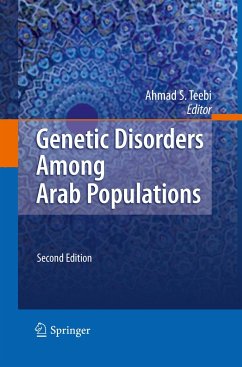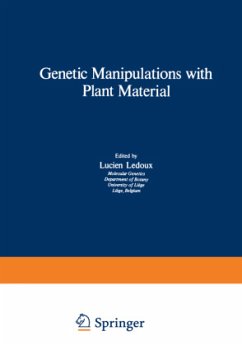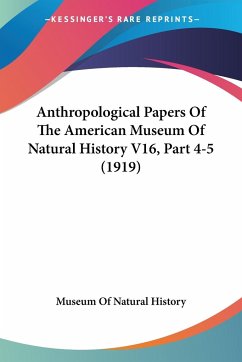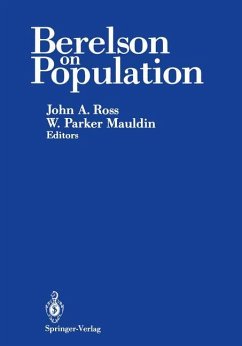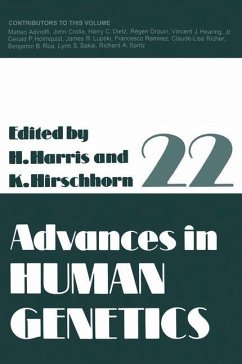
Current Developments in Anthropological Genetics
Volume 3 Black Caribs A Case Study in Biocultural Adaptation
Herausgegeben: Crawford, Michael

PAYBACK Punkte
20 °P sammeln!
While the previous two volumes in this series were based upon methodol ogy, theory, and the relationship between ecology and population structure, this book can be viewed as an in-depth case study. The population genetics of a multitude of diverse groups geographically distributed throughout the world was examined in the first two volumes. In contrast, this volume focuses upon a single ethnic group, the Black Caribs (Garifuna) of Central America and St. Vincent Island, and explores the interrelationships among the ethnohistory, sociocultural characteristics, demography, morphology, and genetic...
While the previous two volumes in this series were based upon methodol ogy, theory, and the relationship between ecology and population structure, this book can be viewed as an in-depth case study. The population genetics of a multitude of diverse groups geographically distributed throughout the world was examined in the first two volumes. In contrast, this volume focuses upon a single ethnic group, the Black Caribs (Garifuna) of Central America and St. Vincent Island, and explores the interrelationships among the ethnohistory, sociocultural characteristics, demography, morphology, and genetic structure of the group. This volume offers a broad and intensive treatment of the Black Caribs and their interactions with surrounding populations. My interest in the genetics of the Black Caribs was sparked by an accidental meeting in Amsterdam, Holland, in March 1975. A conversation with Nancie Gonzalez at the Applied Anthropology Meetings revealed the "truth-is-stranger than·fiction" history of the Black Carib peoples of the Caribbean. This was a popUlation with a small-sized founding group and a unique biological success story. Nancie Gonzalez was particularly interested in estimating the Carib Indian admixture in the contemporary Garifuna popUlation. Given my previous experi ence in estimating Spanish and African admixture in the Tlaxcaltecan population (whose gene pool consisted predominantly of Indian alleles), a group that appeared to be primarily African with some Indian admixture was of great interest. Aside from the ethnohistorical interest, I believe that such a population may add conSiderably to our understanding of the inheritance of complex morphological traits.





